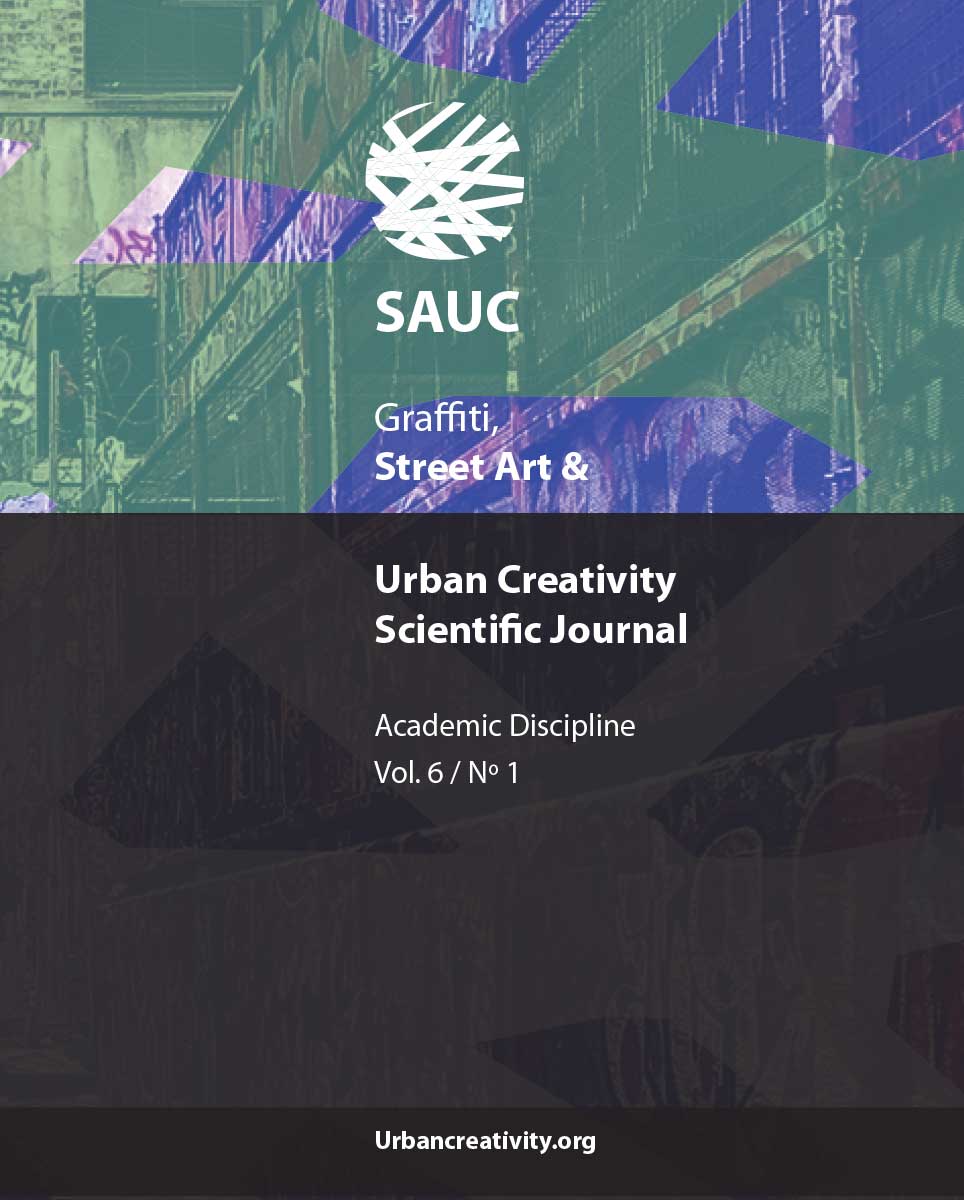Applying Contextualism in Designing Furniture, during the Process of Revitalizing the Historical Sites
DOI:
https://doi.org/10.25765/sauc.v6i1.243Keywords:
furniture design, historical site, revitalization, contextualism, PersepolisAbstract
Revitalization is of crucial importance in revivifying historical sites and heritages. In most cases, it is associated with the reconstruction and restoration of a historical site and only considers its physical aspect, while the aspects concerning its value are not taken into consideration. However, historical sites require elements, such as environmental furniture, as a factor connecting unique historical heritages and audiences. This study, which is a systematic effort towards considering the design of environmental furniture in the process of revitalization, is applied research with a descriptive approach that evaluates the furniture existing in Persepolis based on library studies and field observations and emphasizes heeding the importance of design in terms of functions, esthetics, and semiotics in historical sites. Therefore, by explaining the patterns in the contextualism approach, an effort has been made to present solutions for designing, so that the designed furniture and equipment help understand the message of the design context. According to the results, in the process of designing the furniture for historical sites, esthetic and semiotics must be heeded in addition to functions. Therefore, the visual and functional expectations of the audience (tourists) are met during their presence, and the achieved harmony allows for a better understanding of the site’s identity.
Downloads
Global Statistics ℹ️
|
150
Views
|
34
Downloads
|
|
184
Total
|
|
Downloads
Published
How to Cite
Issue
Section
License
Those authors who publish in this journal accept the following terms:
-
Authors retain copyright.
-
Authors transfer to the journal the right of first publication. The journal also owns the publishing rights.
-
All published contents are governed by an Attribution-NoDerivatives 4.0 International License.
Access the informative version and legal text of the license. By virtue of this, third parties are allowed to use what is published as long as they mention the authorship of the work and the first publication in this journal. If you transform the material, you may not distribute the modified work. -
Authors may make other independent and additional contractual arrangements for non-exclusive distribution of the version of the article published in this journal (e.g., inclusion in an institutional repository or publication in a book) as long as they clearly indicate that the work was first published in this journal.
- Authors are allowed and recommended to publish their work on the Internet (for example on institutional and personal websites), following the publication of, and referencing the journal, as this could lead to constructive exchanges and a more extensive and quick circulation of published works (see The Effect of Open Access).













